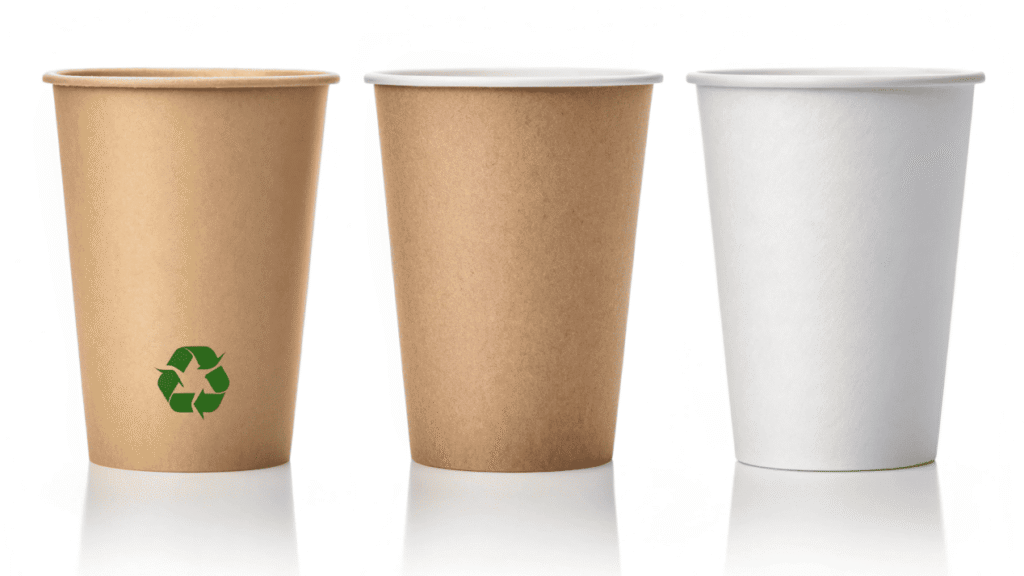You're trying to choose eco-friendly cups, but the labels are confusing. You risk paying more for a "green" product that still ends up in a landfill, making your sustainable efforts pointless.
Recyclable cups (especially with aqueous coating) go into standard paper recycling. Compostable cups (PLA-lined) need special industrial facilities to become soil. "Biodegradable" is a vague term that usually just means it will end up in the trash.
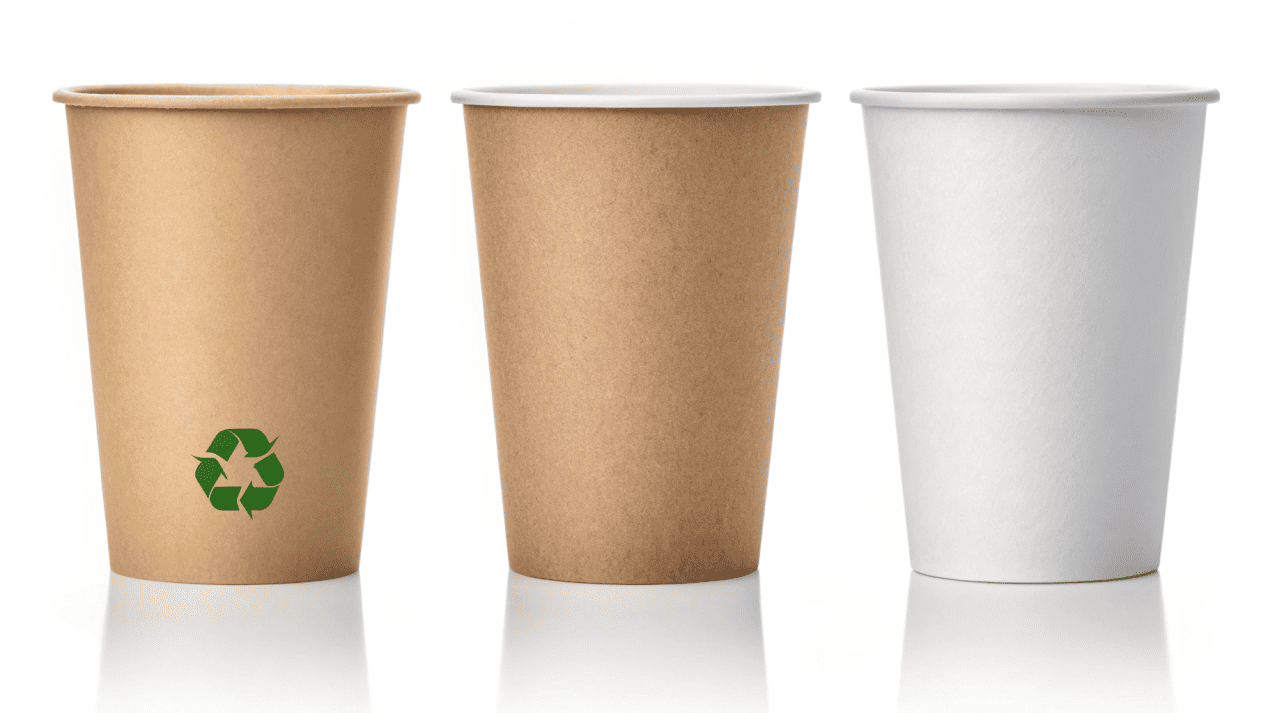
I've seen so many clients get tripped up by these terms. A cafe owner once proudly told me he switched to "biodegradable" cups to be more sustainable. The sad truth was that his cups were lined with plastic, and "biodegradable" just meant they'd sit in a landfill for years and release methane. He was paying extra for a feel-good word that had zero environmental benefit. These terms are not the same. Understanding the technical difference is crucial for making a choice that is actually good for the planet and for your business's reputation.
What are these cups actually made of?
You assume all "eco" cups are made from similar materials. But the hidden inner lining determines everything, and picking the wrong one means your well-intentioned choice will be rejected by recycling plants.
Recyclable paper uses modern coatings designed for paper mills (like water-based Aqueous). Compostable paper uses bioplastics (like PLA) designed for special compost facilities. "Biodegradable" paper is often just regular paper, with no special properties for disposal.
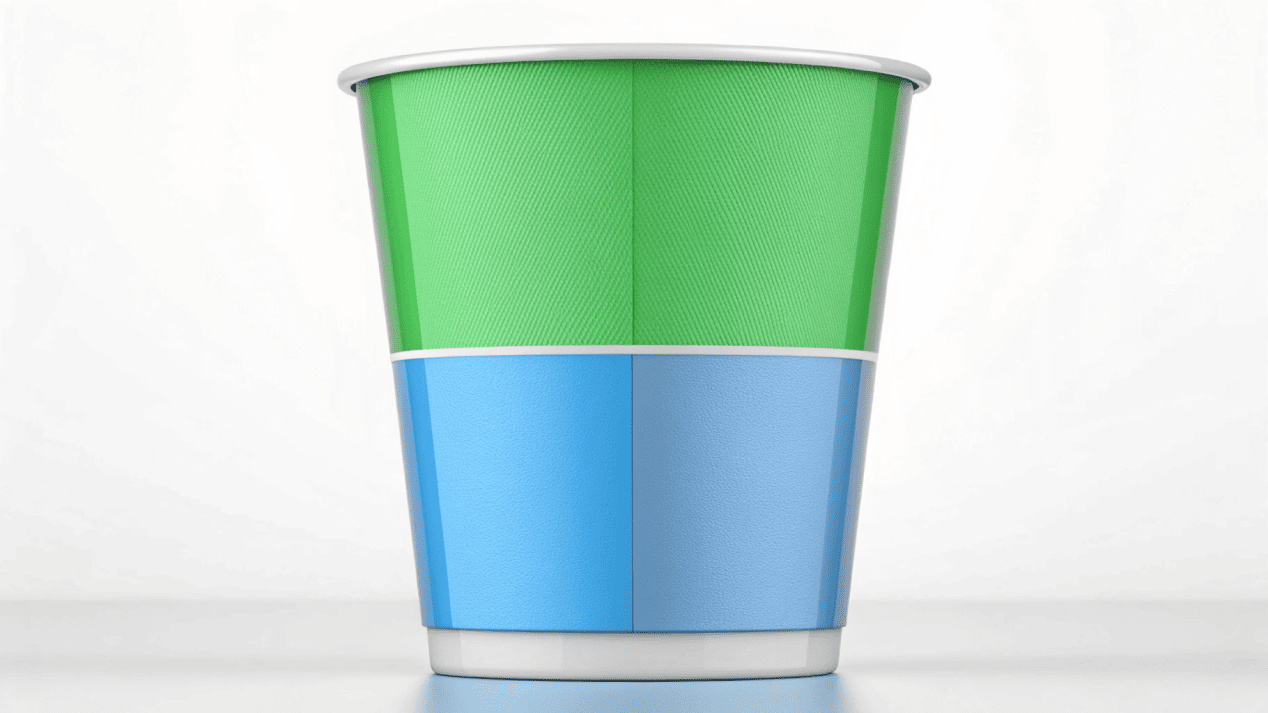
As an engineer, the most important part of the cup is the part you can't easily see: the inner lining. This thin layer is what stops your coffee from turning the cup into a soggy mess. For decades, the standard was Polyethylene (PE), a cheap plastic that makes recycling almost impossible. The new generation of sustainable cups uses two very different modern solutions. Compostable cups use PLA, a bio-plastic made from corn. It's a fantastic material, but it's designed to be broken down by the intense heat of an industrial composting facility. Aqueous coated cups, on the other hand, use a water-based layer. This is engineered to break down easily in a standard paper recycling mill, allowing the paper fibers to be reclaimed and used again.
The Inner Lining Is Everything
| Material Type | Inner Lining | Key Technical Feature |
|---|---|---|
| Compostable | PLA (Bioplastic) | Breaks down into soil only in industrial composters. |
| Recyclable | Aqueous (Water-based) | Designed to dissolve in paper mills for easy recycling. |
| "Biodegradable" | Often PE or None | Vague term with no standard; usually landfill-bound. |
The term "biodegradable" is so broad it's almost meaningless. It doesn't specify a timeframe or the conditions needed. Avoid it.
Where are you supposed to throw these cups away?
Your customers want to dispose of their cups responsibly. But if you give them a compostable cup and there's only a recycling bin, they are forced to contaminate the entire waste stream.
Recyclable cups go in the recycling bin. Compostable cups must go in a commercial compost bin (not recycling or trash). Biodegradable cups almost always go in the trash, destined for the landfill.
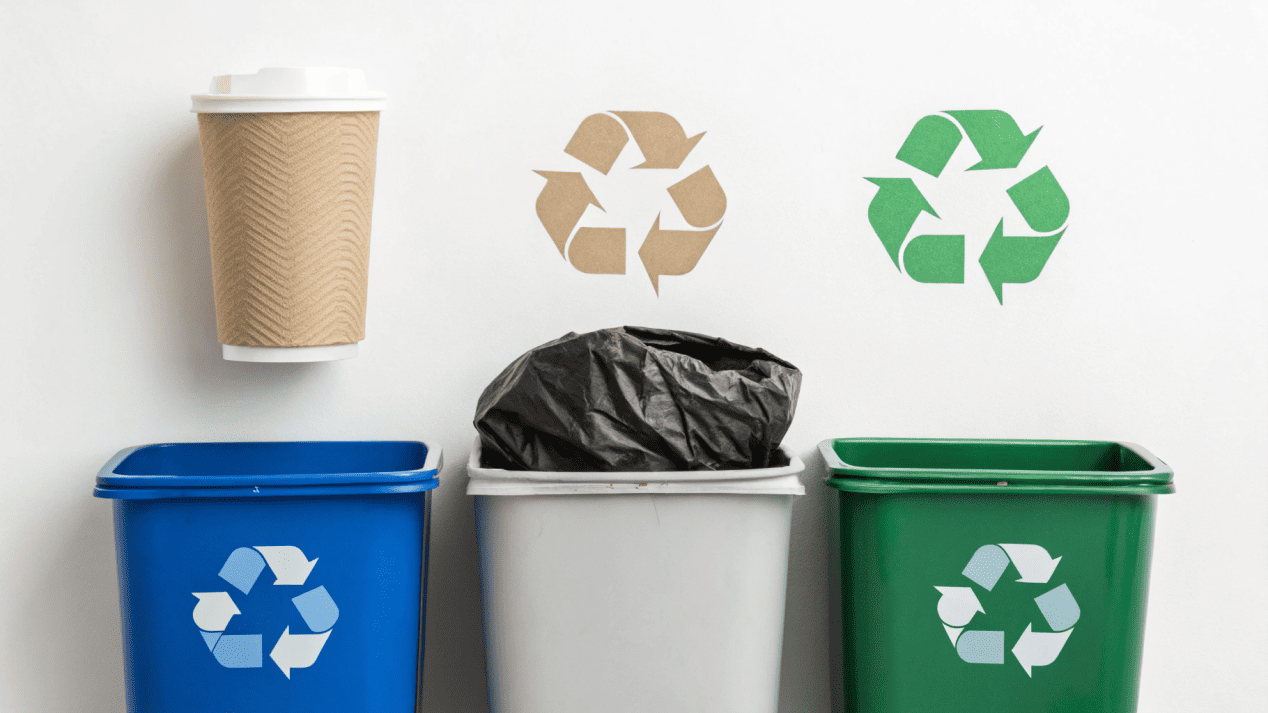
Providing the right cup is only half the battle; you have to make sure it ends up in the right place. Putting the wrong item in the wrong bin creates "contamination," which can ruin an entire batch of materials at a processing facility. A PLA-lined compostable cup in the recycling bin is a plastic contaminant, and the whole load of paper might get sent to the landfill. Likewise, a plastic-lined cup in a compost bin will not break down and will contaminate the final soil. This is why simplicity is so important. A truly recyclable cup with an aqueous coating is the easiest for customers to get right because recycling bins are everywhere. Compostable cups only make sense if your city has a widespread commercial composting program and you provide a clearly marked bin for them.
One Wrong Bin Ruins Everything
| Cup Type | Correct Bin | The Outcome of a Wrong Choice |
|---|---|---|
| Recyclable (Aqueous) | Recycling Bin | Contaminates the compost or adds waste to a landfill. |
| Compostable (PLA) | Industrial Compost Bin | Contaminates the recycling stream with plastic; creates methane in a landfill. |
| Biodegradable | Trash / Landfill | Contaminates both recycling and compost streams with unknown materials. |
Always check what waste infrastructure is available in your local area before you choose a cup.
How do government rules affect your choice?
You chose a cup that seems eco-friendly today. But new laws are coming, and you could face fines or be forced to switch packaging overnight, disrupting your whole business.
Governments are banning single-use plastics (targeting PE-coated cups) and punishing misleading labels like "biodegradable." Regulations like EPR charge fees for hard-to-recycle packaging, making easily recyclable aqueous cups the most cost-effective, future-proof choice.
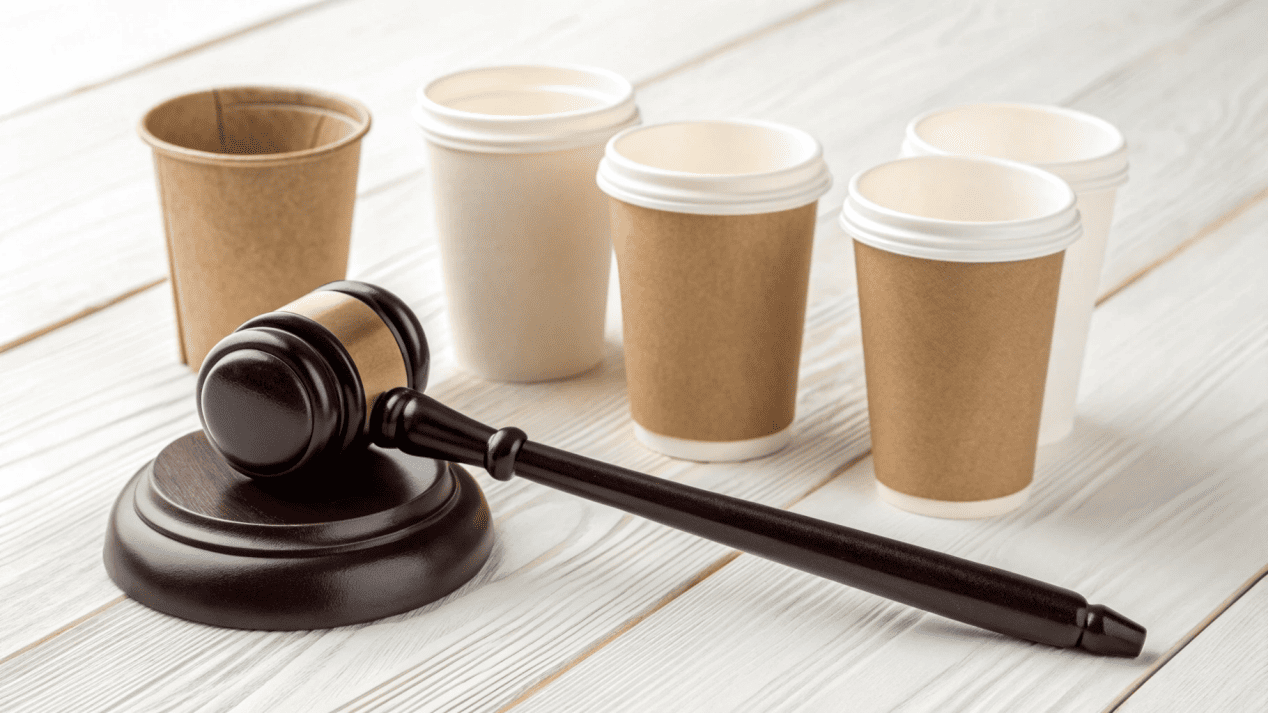
The world of packaging is changing fast because of new government regulations. A choice that seems good today could become a huge liability tomorrow. I'm helping clients navigate this all the time. First, we are seeing widespread bans on single-use plastics. This makes traditional PE-coated paper cups a very risky long-term option. Second, there are new "truth-in-labeling" laws. These laws are cracking down on the use of vague terms like "biodegradable" and even restrict the term "recyclable" to products that can be processed by the majority of a region's facilities. Aqueous cups are designed specifically to meet this high standard.
Why Your Choice Matters for Compliance
Finally, there's Extended Producer Responsibility (EPR). These laws make businesses pay fees based on how difficult their packaging is to process. I have a client in France who saw his waste fees triple because of his hard-to-recycle packaging. The companies using easily recyclable materials with aqueous coatings paid the lowest fees. Choosing the right material is no longer just an environmental decision; it's a critical financial one.
Conclusion
Choose packaging with a clear, certified end-of-life. Truly recyclable (aqueous-coated) or certified compostable cups are the only safe, sustainable, and future-proof choices for your business.
